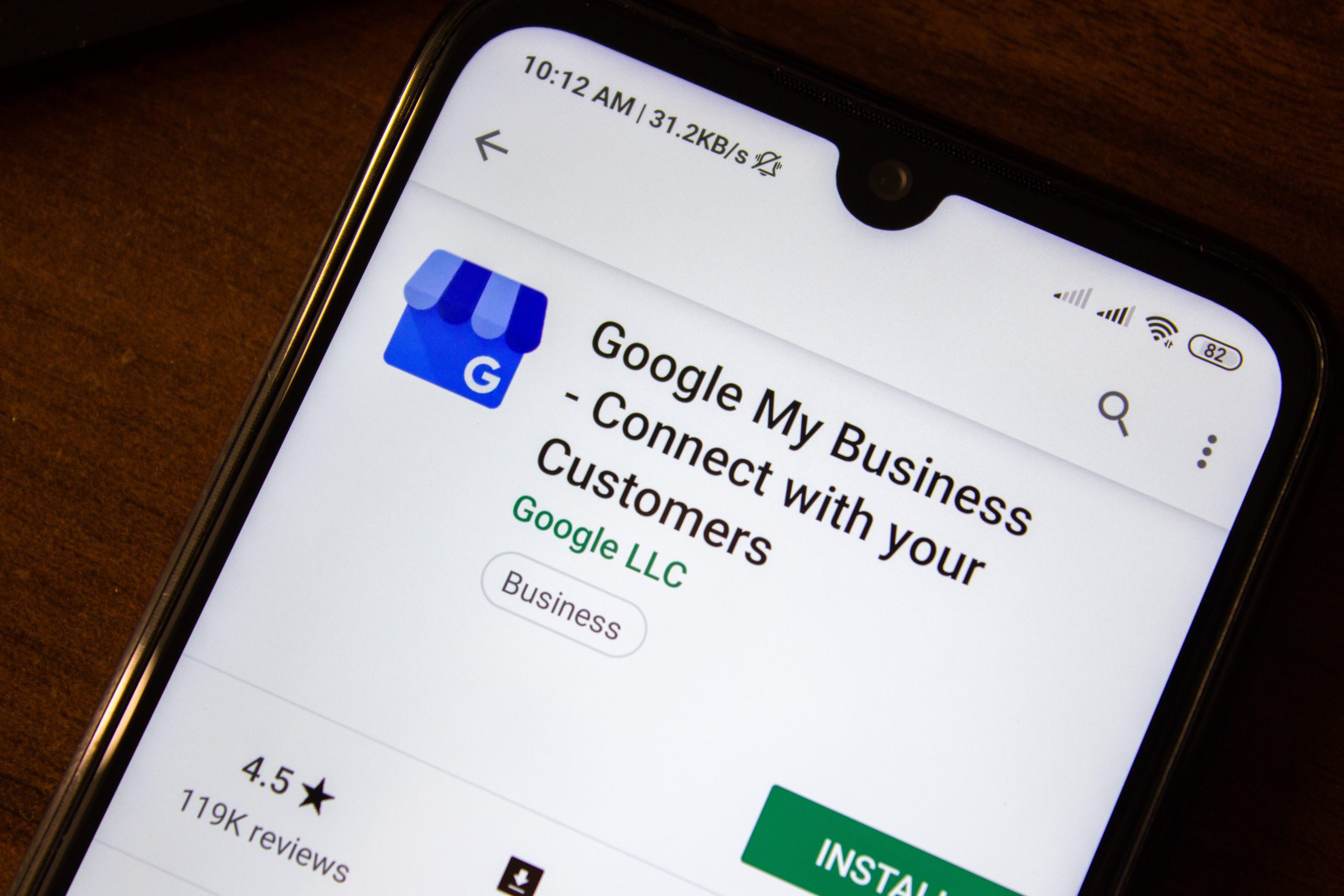Crafting a Digital Marketing Strategy for Beginners | Pt.1
If you have the entrepreneurial spirit then you will need to face the task of crafting your digital marketing strategy and become adept at branding.
How do you do that if you are bootstrapping or on a tight budget?
It can be difficult for leaders of small, growing businesses – who are already taxed for time and staff.
As startups tend to operate in smaller teams, with each member filling more than one role.
Do I Really Need a Formal Strategy?
Planning lets you be in control of your marketing, instead of controlled by it. The chief complaint about in-house management is that it’s time-consuming.
Breaking a long-term plan down into monthly, weekly, and daily objectives helps optimize how you spend your time.
If you are an entrepreneur you have already proven you can learn new ideas quickly, but if you don’t know where to begin or are unable to allocate time to gaining deep knowledge, marketing can become an overwhelming chore.
In this series, we will examine the first few steps a small business owner should take to evaluate their position in the market and plan their trajectory.
Effective Marketing Methods
Figuring out how you’re going to move forward can be one of the biggest challenges.
I mean, which one of the fifty million digital platforms out there are you going to use, and what is Reddit anyway?
A good strategy means you’re going to be creating content with purpose. Here are some effective methods to consider while planning your approach:
SEO
Search Engine Optimization remains one of the digital marketing efforts with the highest ROI.
SEO is designed to increase the likelihood that your website and content will be shown to people typing your keywords into a search engine.
On-Site SEO includes:
- Optimized titles and descriptions
- Top quality fresh content
- Image optimization (Incl. title and alt tags)
- Proper URL Structure
- Optimized navigation (breadcrumbs, sitemaps, user flow)
- Optimized internal links
- Text Formatting (keywords in H1 & H2, etc.)
- Useful 404 pages
- Quick load time & mobile friendly pages
- External links (no broken links or links to ‘bad’ sites)
Off-Site SEO includes:
- Press releases
- Legitimate directories
- Google, Yahoo, and Bing Business listings
- Your blog and blogger business buddies, guest posting
- Whitepapers, eBooks, thought leadership features
- Social media presence
Technical SEO includes:
- Adding schema.org markup
- Site map submittal
- Creating AMP landing pages
- Crawl testing, fixing errors, and resubmission
Methods Complimentary to SEO Efforts
Inbound Marketing – AKA content marketing. Creating unique content for your niche corner of the market gives you a valuable tool to leverage across multiple platforms (social media, Q&A sites, email).
Once created, content continues to add value to your digital footprint indefinitely. It can be updated and repurposed for years.
Maintaining a variety of articles lends credence to your website’s relevance and authority.
Inbound marketing uses keywording to set up a funnel that brings already interested parties to you, warm leads looking for the info that, luckily, you have.
Content isn’t just blogs and words. Videos, surveys, and courses can be deployed across many channels to create a steady stream of visitors to your website.
- Email Marketing– Email marketing is a pain … building lists and maintaining a valuable content stream – but it’s well worth the investment. Email marketing remains one of the highest click-through channels (although messenger bots are quickly gaining ground). A perfect headline and great, memorable copy is the cornerstone to this approach. Strong writers are encouraged to get familiar with email copywriting strategies and psychology and give it a try.
- Social Media – This is the ideal place to build a loyal following of brand-fans. Social is the new word-of-mouth and the perfect environment to find organic referrals and leads, build brand awareness, and drive traffic to your website. Google has rewarded Twitter’s ability to provide breaking news quicker than anyone else by featuring it’s results on the first page. That is a powerful tool to be seen. Updates to Facebook features such as payments and plans are rapidly enabling companies to fully conduct business through Facebook without ever leaving the platform.
- Pay-Per-Click or SEM – Allows control over your leads and lets you get up and running right away. The greatest thing about paid leads is the ability it affords you to dial in on very explicit types of people, with specific interests. A downside is the expense. To be successful in any ads environment you need to do extensive research first. Be very well informed and write copy with laser focus on an exact customer persona.
Tools
- Website – I have many potential clients ask, “but seriously, do I really need a website???” Yes. If you want to seriously compete. Facebook is amazzzing but it is still only a spoke in the SEO wheel. Your website should be thought of as a content hub from which everything you do originates.
- Blog – Getting into the habit of writing consistently can be difficult. In the beginning, it might feel time-consuming, this is where content calendars are helpful. Over time and with discipline, blogging can become second nature. The boost an optimized blog post can add to your site’s relevance and authority is hard to beat. Every single updated Google guideline has encouraged us to produce quality content for your users as the best way to game the algorithm. It gets smarter and smarter every day and understands our online behavior at an ever-accelerating clip.
- Email lists – Free downloadable PDF’s and ebooks are great ways to get your audience to opt-in to your sales funnel. By continuously offering them usable, expert content and industry updates, you remain front-of-mind as a trusted expert. Automation within software such as MailChimp and IFTTT.com can help you build out funnels once, and kick back while the rest of the work is done for you. Just create the content.
- Video – Video marketing is so hot right now! And, Youtube is relatively easy to use and build an audience through. As a measurement metric, Google has this to say:
“After analyzing around 50 campaigns from Fortune 100 brands and category leaders running on Google Preferred (some of YouTube’s most popular channels), we found that 94% of the campaigns drove a significant lift—an average of 80%—in ad recall. We also found that 65% of Google Preferred ads saw an increase in brand awareness, with an average lift of 17%. This is particularly impressive considering that the brands in the study were already well-known.”
- Infographics – According to Hubspot’s article on link bait, Infographics as a method to convey information is extraordinarily effective.
“blog articles that included infographics generated an average of 178% more inbound links and 72% more views than all other posts” – Pamela Vaughan, Hubspot
The visual delivery of content taps into the more complex functions of the brain, memory, and recall mechanisms. Allowing people to recall the information more effectively.
- Webinars – a tutorial or class is an obvious way to build authority and claim a position for yourself as an expert. They can be deployed as a free offering to lead users into a sales funnel, capture email addresses, and create video presence.
- Press Releases – This is a powerful and often overlooked link-building tool. By creating an online PR account (high authority sites like PRNewswire are best) and posting high-quality, informative press-releases regularly, you will build a profile of backlinks from a high-authority site. It is highly relevant, niche content that can be shared out with an accompanying blog post. It should be noted that this is most effective for truely news-worthy or event annoucements. Otherwise the cost could be prohibitive.
Focus
Consider each of these options and ask yourself which of these elements can you reasonably manage? Which best fits your brand and will reach your target customer? Any cost boundaries? Is this route efficient or time intensive? Can I reasonably keep u with this channel’s requirements?
Once you start to eliminate elements with lower ROI you can begin to plot the actionable steps of your digital marketing strategy.
Check out Part 2 for a list of items you can tackle right away




